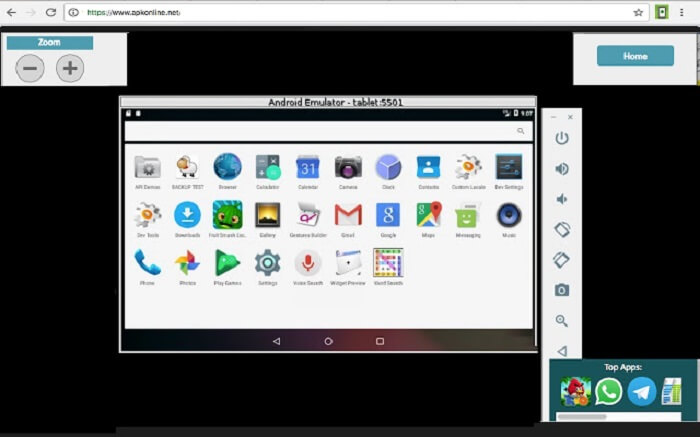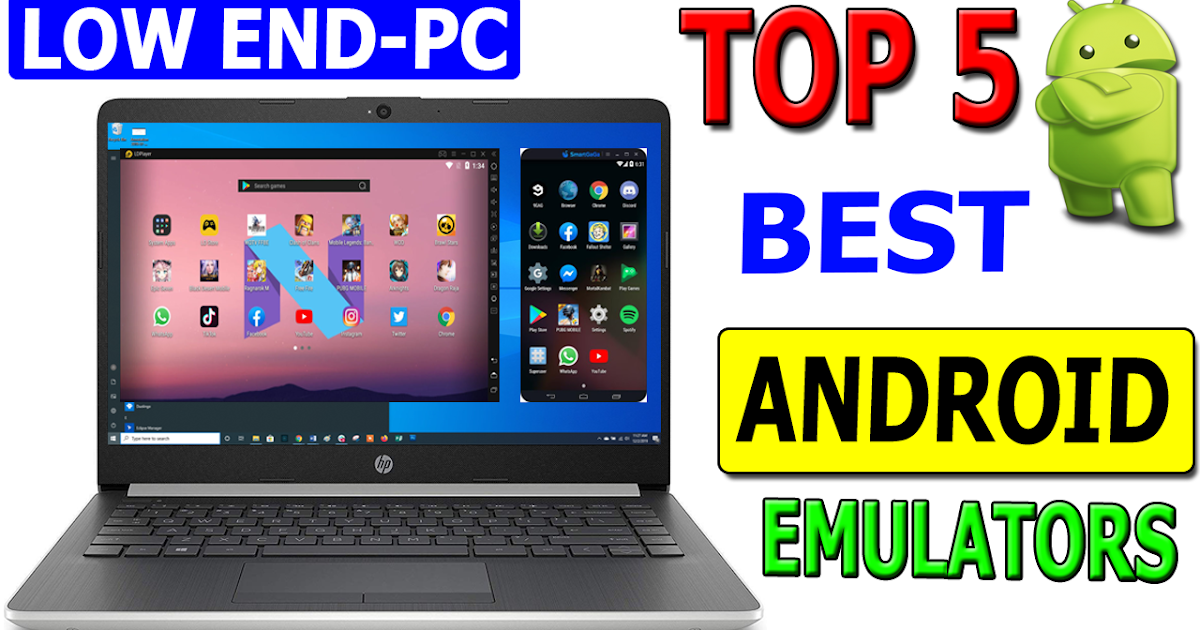
This free, user-friendly Android emulator gives you access to popular Android games on Windows again, it's geared toward gamers. When checking for updates, you can choose to ignore a specific version or delay the update to a later time (1, 3, or 7 days later). Best of all, the emulator receives frequent updates that include bug fixes and other enhancements. In settings, you can customize things further for these options: advanced, model, game, audio, network, shortcuts, and wallpaper. There’s also a shared folder to share files between Windows and the emulator. LDPlayer includes screen recording and screenshot tools plus, there's a terrific split-screen mode that allows you to open and play multiple games at the same time. Since there’s intermittent stuttering when playing games through the free tier, the upgrade can be worth it if you plan on using LDPlayer regularly. It’s also noted that the subscription can reduce network bandwidth, CPU, and memory consumption, thus improving your gaming experience. There’s a Premium upgrade (monthly or yearly subscription) that will remove sponsored ads on the emulator desktop and pop-ups and ads from sponsored apps. Additionally, it has a few system apps pre-installed: web browser, file manager, gallery, contacts, files, messaging, and Google Play Games. You can install various apps and games from the “LD Store” and Google Play Store. The LDPlayer UI differs from an Android device it’s more like a web browser in that every app opens in a new tab (visible at the top of the screen). LDPlayer 9 (the latest version) uses Android 9, while LDPlayer 4 uses Android 7. While simulators like the one built-into Xcode and options like TestFlight are pretty good, there are other options out there as well, especially if you’re looking to test your iPhone apps on Windows 10.This gaming-focused Android emulator for Windows is easy to install and is ready to go right out of the box. Most iOS simulators have been discontinued, or are aimed purely at developers. There aren’t a lot of iOS emulators out there these days. However, Apple has banned the sideloading of iPhone apps on M1 Macs, so your only option is to install the approved apps from the App Store.Įasily Run iOS Apps Using These Emulators Previously, you could also sideload iPhone apps, by using the. You can find the iPhone apps in a separate section in Mac App Store. These devices run on Apple’s new ARM chipsets and they can run iPhone apps with ease.


If none of the emulators seem to be doing the job for you, currently the best way to run iOS apps on a computer is just by using the new Apple M1 MacBooks and Mac Mini.

You can also run multiple instances of emulators with Electric Mobile Studio which can be helpful if you’re trying to test out your app in multiple devices at the same time.ĭownload Electric Mobile Studio ( Free trial, $39.99) Bonus: Apple M1 Macs It comes with WebKit and Chrome debugging tools to allow developers to test out their web apps.


 0 kommentar(er)
0 kommentar(er)
